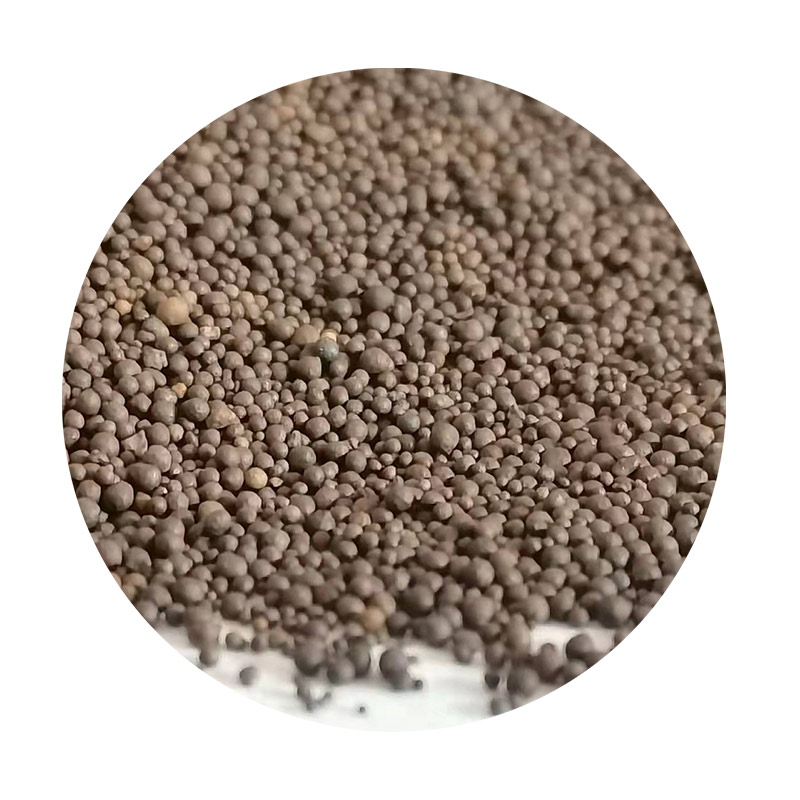How to Sand Small 3D Prints A Step-by-Step Guide
3D printing has revolutionized the way we create objects, allowing for intricate designs and customization. However, the result often comes with visible layer lines, rough surfaces, or other imperfections that can detract from the final product. Sanding is a crucial step in post-processing that can significantly enhance the appearance of small 3D prints. In this guide, we will explore the best practices for sanding your 3D prints to achieve a smooth, professional finish.
Understanding the Need for Sanding
When a 3D print is created, it is built layer by layer. As a result, these layers can leave behind lines and rough textures that are not always appealing, especially for finer details or models intended for display. Sanding helps to
- Remove visible layer lines and imperfections - Create a smoother surface - Improve paint adhesion for added finishing touches - Enhance the overall aesthetic of the model
Tools and Materials Required
Before diving into the sanding process, gather the necessary tools and materials
1. Sanding Papers A variety of grit sandpapers (typically ranging from 100 to 400 grit) will be useful. Start with a lower grit for heavy sanding and work your way up to finer grits for a smoother finish.
2. Sanding Block A sanding block can help create an even pressure while sanding, eliminating any uneven spots.
3. Dust Mask and Goggles It’s important to protect yourself from dust particles that can be released during the sanding process.
5. Water Spray Bottle (for wet sanding) Wet sanding can help reduce dust and prevent clogging of the sandpaper.
Step-by-Step Sanding Process
how to sand small 3d prints

1. Prepare Your Workspace Set up a clean, well-ventilated area to begin sanding. Lay down some newspaper or a drop cloth to catch any dust and debris.
2. Inspect Your Print Examine your 3D print for any major imperfections or areas that may need more attention. Decide where you’ll begin sanding.
3. Start with Coarse Grit (100-150) Begin with the coarse grit sandpaper for initial sanding. Focus on removing the most noticeable layer lines and imperfections. Use a sanding block if sanding flat surfaces to ensure you’re applying even pressure.
4. Move to Medium Grit (220) Once the major imperfections are addressed, switch to medium grit sandpaper. This step will help further smooth out the surface and prepare it for finer sanding.
5. Fine Grit (320-400) Finally, switch to fine grit sandpaper for a smooth finish. Sand gently and take your time, ensuring you maintain an even surface throughout.
6. Wet Sanding (Optional) For even smoother finishes, consider wet sanding. Lightly spray the surface with water and use the fine grit sandpaper. Wet sanding reduces dust and helps achieve a glass-like finish, especially on certain materials like PLA or ABS.
7. Clean Up the Print After sanding, make sure to clean the print thoroughly to remove any dust and debris. Use a soft cloth or brush to ensure all particles are gone, especially if you plan to paint your model.
8. Prime and Paint (Optional) If you plan to paint your print, applying a primer can help achieve a more professional look. Follow this with your choice of paint, allowing it to dry completely before handling.
Tips for Best Results
- Be Patient Sanding is a time-consuming process, especially for small, detailed prints. Take your time to ensure the best result. - Test on Inconspicuous Areas Before sanding a visible part of your model, consider testing on a less visible area to determine the right grit and technique. - Regularly Check Your Progress Step back and evaluate your print frequently to maintain an even finish.
Conclusion
Sanding small 3D prints is an essential process that can greatly improve their appearance. By following these steps and using the right materials, you can transform your rough prints into smooth, polished models ready for display or further customization. Whether you’re a hobbyist or a professional, mastering the sanding technique will undoubtedly enhance the quality of your 3D-printed creations.
Post time:Դկտ . 24, 2024 21:04
Next:fill 3d print with sand
